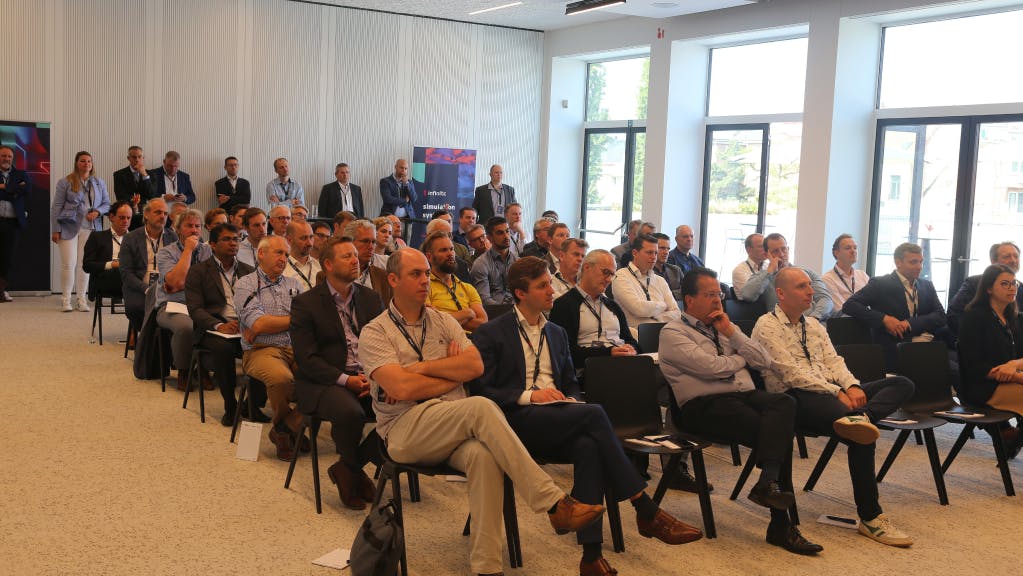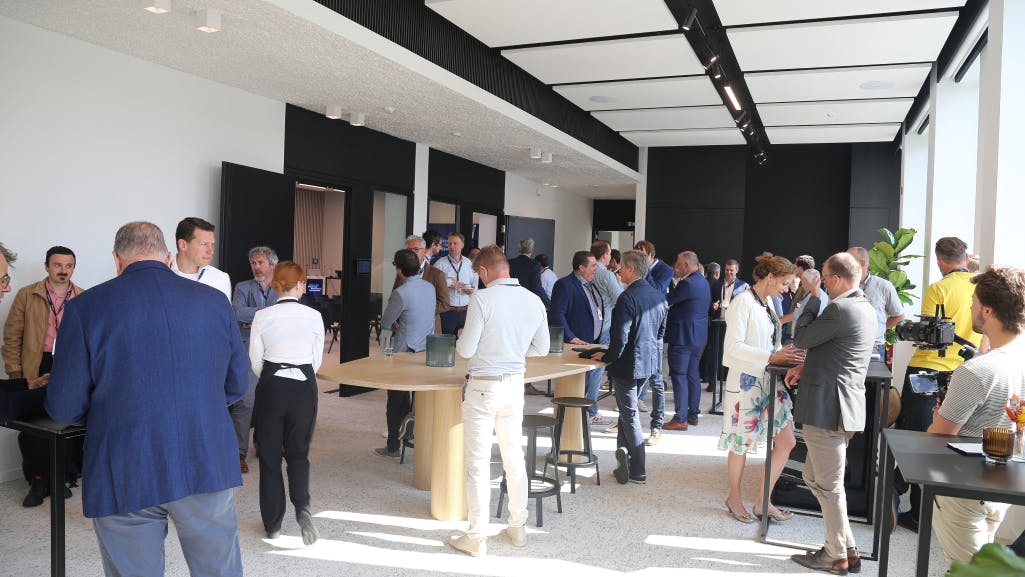Herbeleef het 'Industrial Innovation Symposium 2023'
Tijdens het Industrial Innovation Symposium - een op maat gemaakt evenement - kwamen enthousiastelingen van digitale transformatie bijeen op een chique locatie om zich te verdiepen in de nieuwste trends op het gebied van duurzaamheid en SaaS. Tal van boeiende sprekers deelden hun inzichten en kennis over uiteenlopende onderwerpen. Scroll naar beneden om een glimp op te vangen van het symposium.


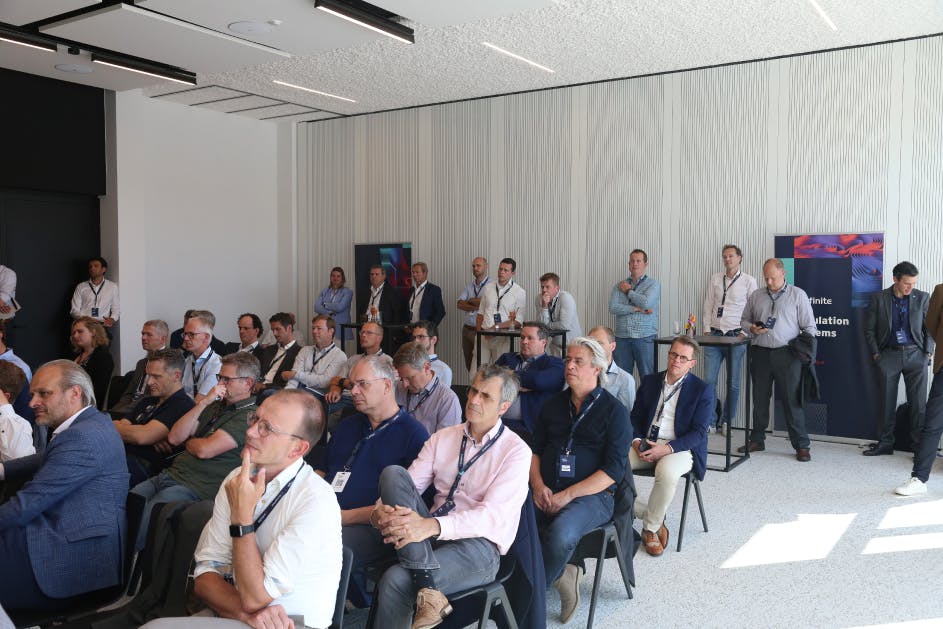
Een uitstekende prestatie! Perfecte locatie, eenvoudig parkeren en zeer goede catering.
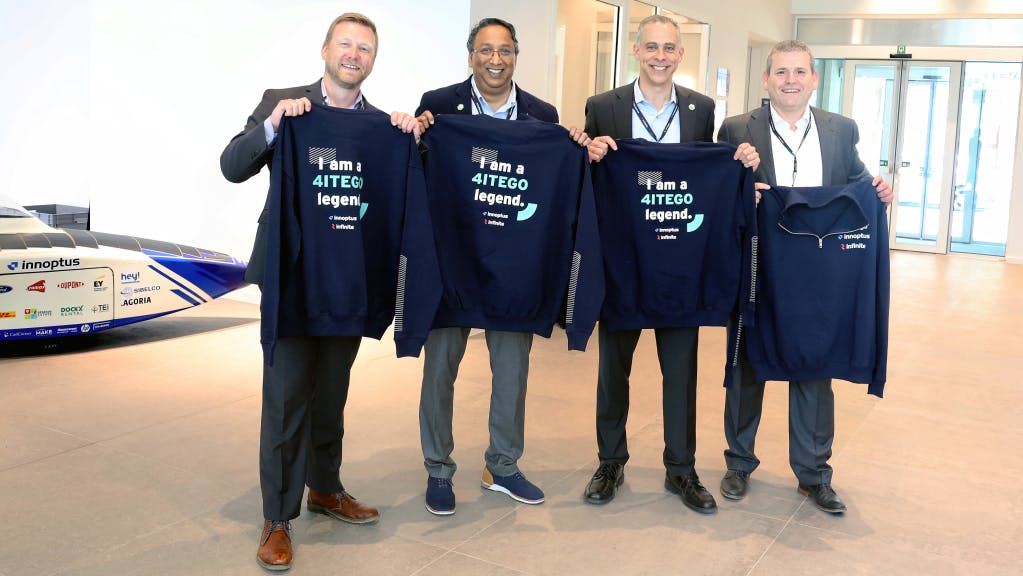
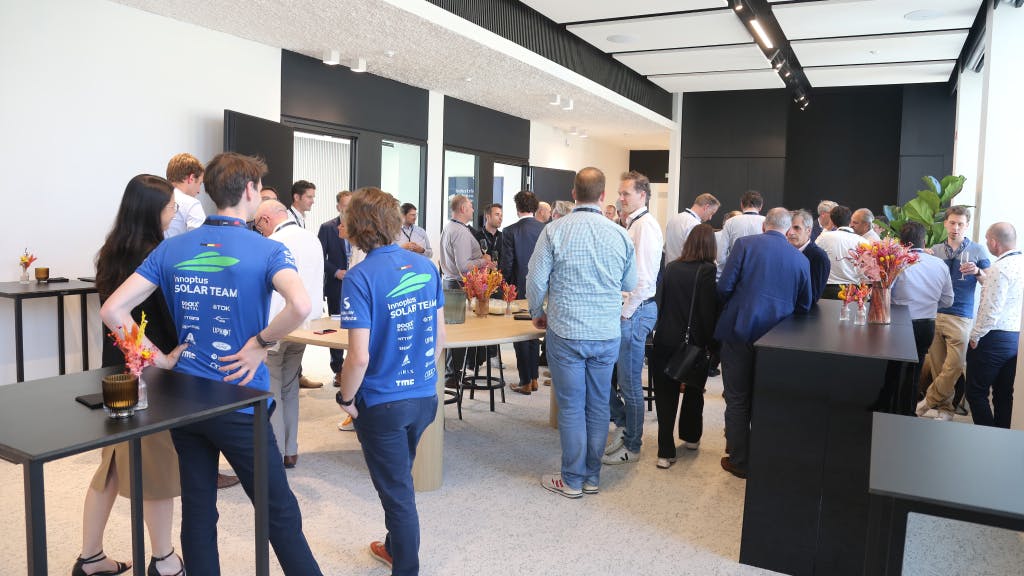
Deze keynotes inspireerden ons
Once Upon A future
Ruud Veltenaar
Trendwatcher & spectator
Sustainability and the vision from the Software Industry
Stuart Heavyside
Chief Partner Officer & Divisional Vice President - PTC
Accelerating a Sustainable Future With Simulation
Christophe Bianchi
Chief Technologist - Office of the CTO
Towards a zero carbon emissions
David Busstra
Marketing Manager Sustainability & Digitalisation - Tata Steel
How to manage change processes in a growth company
Matty Paquay
Partner in Growth - Paquay & Associates
To Excel
Gella Vandecaveye
Manager - PR & Sportconsulting
Spannende breakoutsessies
The vision on digital transformation
Energy Transformation accelerated by Simulation
Brian Thompson
Divisional VP & General Manager CAD - PTC
Robert Winstanley
Senior Engineering Manager - Ansys
Model-Based Systems Engineering accelerated
Olaf Kath
Senior Director R&D - Ansys
Mark Lobo
Senior Vice President, General manager of PLM Segment - PTC
Energy transition, the chance of our lifetime
The Power of Bottom-Up Innovation
Martijn Dane
Stack Development Manager - Battolyser Systems
Daan Moreels
Co-founder - Magnax
Product modularisation an essential step towards a sustainable product
Thijs Schepman
Founder - Modular 5
Services: from bleeder to cash cow
Meindert Flikkema
Professor of Service Innovation Strategies - VU Amsterdam
Arno Eussen
CEO / founder - Profitable Services
SaaS transition: Why and what does it bring you as an organization
Brian Thompson
Divisional VP & General Manager CAD - PTC
Mark Lobo
Senior Vice President, General manager of PLM Segment - PTC
